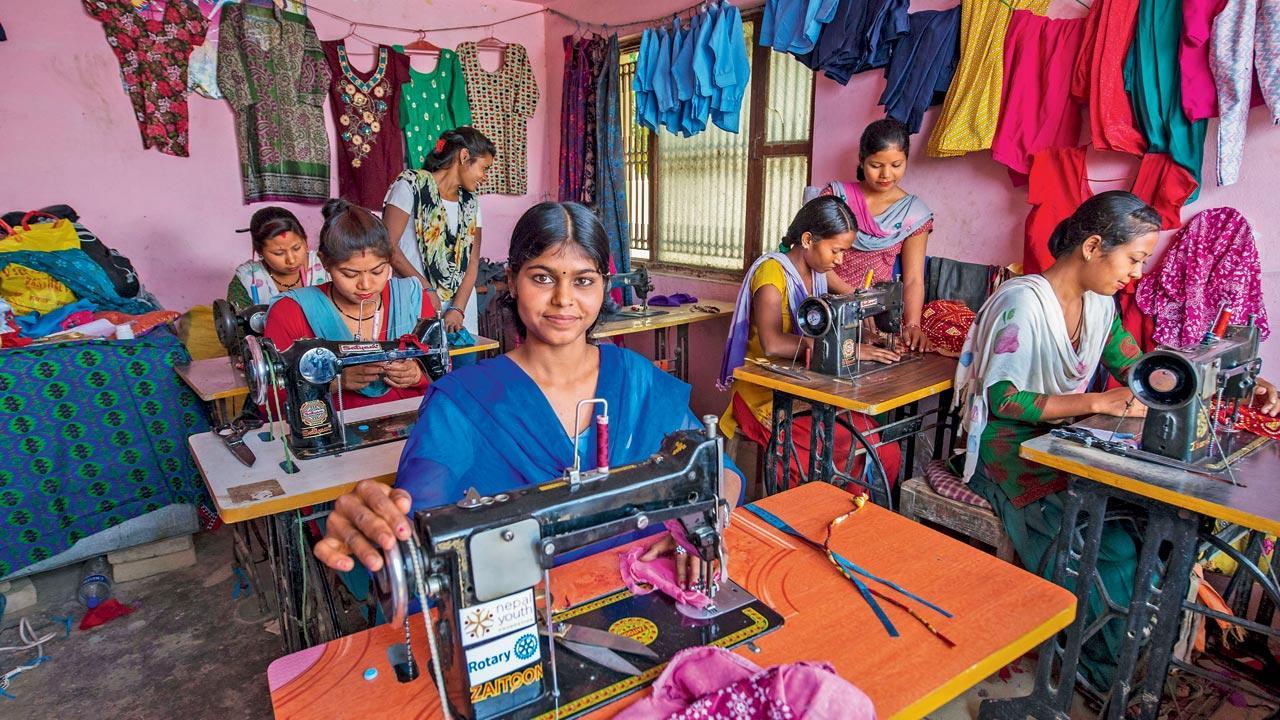Home / Sunday-mid-day / / Article /
How India can adopt low-cost, effective ideas to improve its living standards
Updated On: 31 March, 2024 07:34 AM IST | Mumbai | Neerja Deodhar
Mumbai may be Asia’s billionaire capital, but India lags behind on hunger, health and sanitation indices. mid-day finds there are lessons to learn from our neighbours in the subcontinent

Women receive training in a sewing shop in Dang, Nepal. Swati Narayan`s book Unequal brings forth examples of low-cost programmes from Nepal and Bangladesh that have uplifted their populations
The Pushti Apa was a familiar face in Bangladesh for several years. With a job title that literally translates to “nutrition sisters”, these public health workers were reminiscent of India’s ASHA task force. They educated new and young mothers about what food was the best for their babies and children, why only breast milk is better than suji in the first six months, and the benefits of protein sources like eggs and fish.
The Pushti Apa’s digital counterpart was the Doctor Apa, a mass media campaign aimed yet again at mothers and mothers-in-law, which normalised the image of a breastfeeding mother in the country’s rural quarters.




